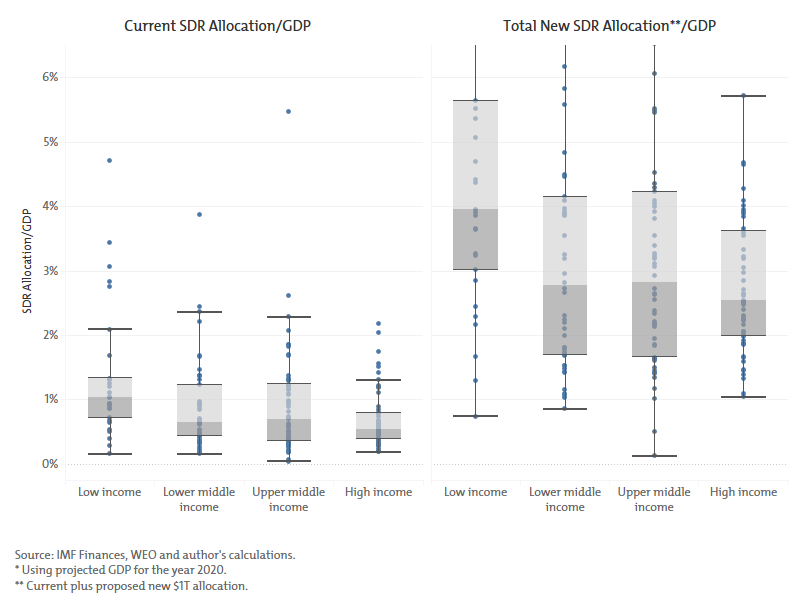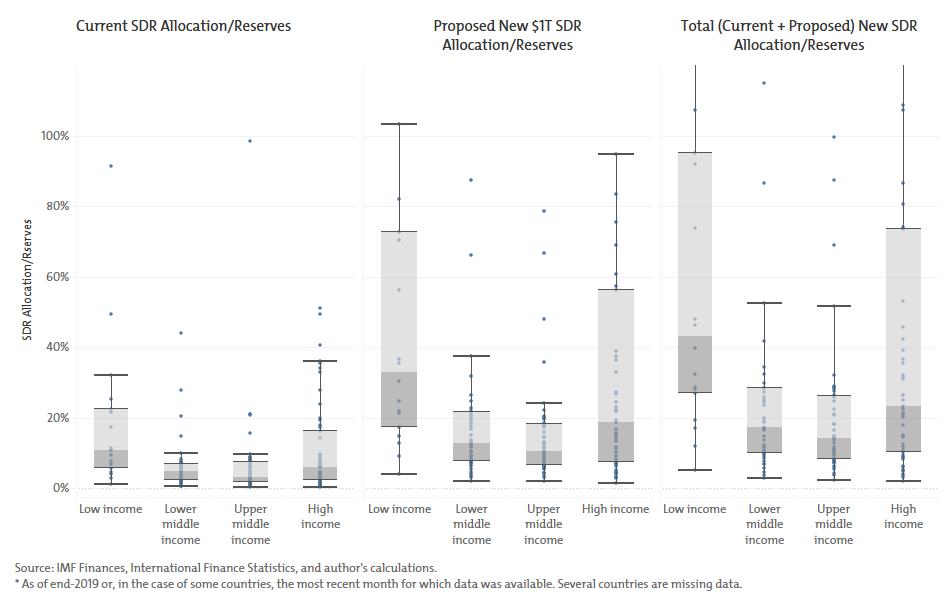
LLI-Nairobi — Girls as young as twelve are being forced into child marriage and Female Genital Mutilation (FGM) at “alarming rates” in the Horn of Africa, as the most severe drought in forty years pushes families to the edge – warns UNICEF.
In the regions of Ethiopia worst affected by the drought, child marriage has on average more than doubled in the space of one year, according to UNICEF analysis. The number of children at risk of dropping out of school across Ethiopia, Kenya and Somalia, due to the impact of the crisis, has tripled within three months – leaving vast numbers of adolescent girls at greater danger of a number of child protection risks, including undergoing FGM and being forced into marriage.
Across the Horn of Africa, families are facing desperate choices to survive as drought, driven by climate change, dries up water sources and kills livestock, and the domino effect of the war in Ukraine exacerbates spiralling food and fuel prices. More than 1.8 million children are in desperate need of treatment for life-threatening severe acute malnutrition in the region, with 213,000 people now judged to be at risk of famine in Somalia, according to the Famine Early Warning Network. Growing numbers of parents or caregivers are marrying off girls to secure dowries to help support the rest of the family, to have one less mouth to feed, or in an attempt to help the bride enter a better-off household.
“We are seeing alarming rates of child marriage and FGM across the Horn of Africa – with some destitute families arranging to marry off girls as young as twelve to men more than five times their age,” says Andy Brooks, UNICEF’s Regional Child Protection Advisor for Eastern and Southern Africa.
“Child marriage and FGM end childhoods – driving girls out of school and leaving them more vulnerable to domestic violence and a lifetime of poverty. The figures we have do not capture the magnitude of the problem: large swathes of the Horn of Africa have no specialist facilities where cases can be reported. This is a children’s crisis, and we urgently need more funding to scale up our response in Ethiopia, Kenya and Somalia – not only to save lives in the short-term but to protect them in the long-term.”
Data on child marriage and FGM is limited, due to a lack of reporting and services in the region. UNICEF’s analysis of available government data and humanitarian assessments found:
Across the Horn of Africa region, increasing numbers of girls are in danger of leaving school as the crisis deepens, putting them at higher risk of child marriage and FGM. The number of children at risk of dropping out of school in Ethiopia, Kenya and Somalia due to the impact of the drought has tripled in the space of three months – from 1.1. million to an estimated 3.3 million children.
In Ethiopia, according to local government sources, child marriage has increased by an average of 119 per cent across regions worst hit by the drought – Somali; Oromia; and Southern Nations, Nationalities, and Peoples’ Region (SNNP) – between January and April 2021 and the same period in 2022. Within the same time frame, cases of FGM in SNNP region increased by 27 per cent. Due to the impact of the drought, dowries of cash, food and livestock are decreasing, meaning families may consider marrying off even more girls. The crisis is also driving people from their homes, including community and social workers who were supporting families to protect girls from child marriage and FGM.
In an assessment in Somaliland in January, almost a quarter of people interviewed reported a rise in gender-based violence (GBV) due to drought, including child marriage, domestic violence, and sexual violence, with increases of more than 50 per cent in some locations. Another assessment of humanitarian needs in Puntland in February found that child marriage accounted for 59 per cent of cases reported to service providers, many of which also involved FGM.
In Kenya, girls are also facing greater risks of child marriage and FGM. 14 of the 23 counties affected by drought are already FGM hotspots, with prevalence rates up to 98 per cent. Girls in these areas are now in danger of being cut at younger ages, as families prepare them for marriage. There are also reports of girls living in border regions being taken to neighbouring countries to undergo FGM, or being married to older men in neighbouring countries, where rates of FGM may be higher.
Across the region, women and girls in drought-affected areas are having to walk longer distances to access water and other basic resources, leaving them vulnerable to sexual violence. In Kenya, women and girls are walking more than three times longer than before, up to 30 km in some locations, according to analysis by the Kenya Red Cross.
Across the Horn of Africa, four rainy seasons have failed in the space of two years, with forecasts suggesting a fifth rainy season from October to December is also likely to fail.
The war in Ukraine is accelerating the crisis. Somalia alone once imported 92 per cent of its wheat from Russia and Ukraine, but supply lines are now blocked. Skyrocketing food prices also mean families cannot afford to buy basic staples.
UNICEF is working to expand life-saving child protection and GBV services to respond to the growing protection needs among vulnerable women and children across the Horn of Africa. This includes running community-based programmes to reduce the risks of violence, exploitation, abuse and child marriage, and providing services to help women and children recover after violence.
UNICEF is calling for services to address child protection and GBV to be urgently scaled up, including through permanent services and mobile teams to reach the most vulnerable. However, UNICEF’s appeal for the Horn of Africa drought is less than a third funded.

